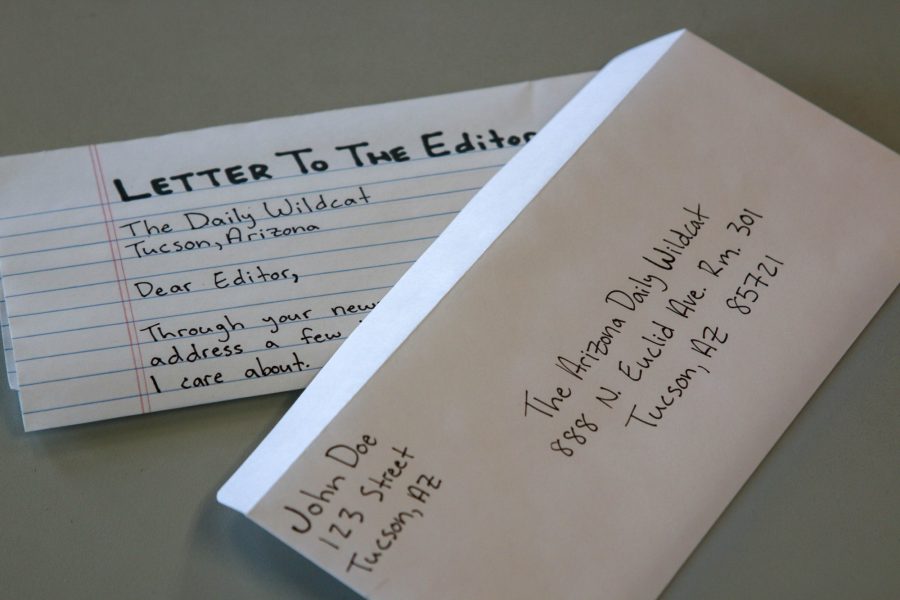Every weekend, hundreds of UA students flood in and out of local Ubers and Lyfts. Drivers for these popular ride-sharing services use their personal vehicles basically as cheaper, easier-to-call taxis that involve less one-on-one interaction — aspects which widely appeal to college students who grew up in a generation where technology has always been used to make daily life more convenient.
Lyfts and Ubers are especially enticing to students since they’re lighter on our wallets. However, when using these services, how can we be sure of our safety?
The fear of lack of safety became increasingly prevalent last month when Jason Brian Dalton was arrested in Kalamazoo, Michigan, for a string of random shootings that left six people dead and two critically injured. After his arrest, it was confirmed that Dalton was employed as an Uber driver.
As reported by Ema O’Connor for BuzzFeed News, “Kalamazoo resident Mackenzie Waitewarned her friends on Facebook not to get into a car with a driver named Jason. She said the driver had acted erratically while transporting her fiancé, Matt Mellen, earlier in the night.” Anyone who had not seen this warning could have entered Dalton’s car and possibly been a victim of his crimes.
Students, oftentimes in vulnerable situations, funnel into these cars and tell complete strangers where they were, where they are going for the night and oftentimes, where they live. It is a guise that we are in safe hands when using these services.
If friends recommend an app like Uber because of its fast response time, cheap price and easy-to-use interface, most of us don’t even take a moment to question the overall safety of the service. We place trust in the experiences of our friends who have never had an issue in the past, in the companies’ promises to their customers and in ourselves and our ability to know when we are and are not safe.
Uber believes it was not at any fault for putting its customers in danger with Dalton. The company claimed since the shootings were so random, there was no way it could have known of the danger and been able to stop the violence from occurring.
Since Dalton did not have a prior criminal record and because Uber only investigates criminal, as well as driving records, and the cars of potential drivers, the company feels it did all it could to ensure safety. These occurrences should draw more attention to a clearly minimal screening process, though — there is no interview or review of a resume and past work experience. These companies’ main concern is to put more drivers on the road and turn a higher profit every day.
Due to the lack of screening, shootings are not the only form of violence seen and faced by customers of such services. Discrimination based on clothing, actions and personality occurs in these car rides as well.
A prominent figure in the fight for justice for trans people of color, Monica Jones, was targeted in Phoenix on Feb. 27. After dropping her off, Lyft driver Paul Fiarkoski wrote an extremely transphobic post in a Facebook group for drivers in the area warning his peers about Monica’s local presence.
When using a service that should be harmless, the expectation is to not to be in risk of being harassed because of the person you are.
If Lyft and Uber worked harder to protect their customers by having a more involved screening process for potential employees, they would ensure all customers have a safe and hate-free ride. Since Lyft and Uber aren’t leaning toward altering their hiring process in any way, the risk remains high for any and all customers.
Students are putting their lives at risk every time they enter an Uber or Lyft. There is never a guarantee that they will not be harassed sexually or violently. As customers, we need to be more aware of the dangers we face when embarking on such rides.
Some people may feel as if the lower fare is worth the risk and outweighs the danger of walking home or being driven by a drunk friend. If you need to get around town cheaply and without the fear of harassment or injury, I suggest putting down the app and finding a designated driver for the night.
Follow Sabrina Etcheverry on Twitter.








